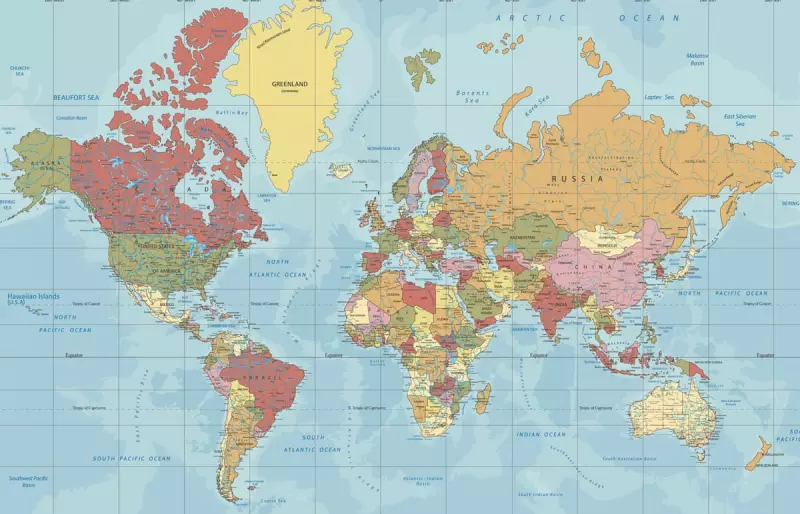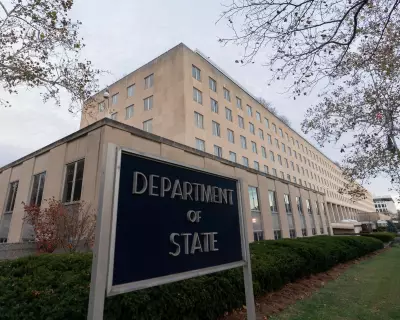
For centuries, the world has viewed Africa through a distorted lens—literally. The ubiquitous Mercator map projection, a staple in classrooms and boardrooms worldwide, has systematically shrunk the continent's true colossal scale, inadvertently diminishing its perceived global importance.
The shocking reality? Africa’s landmass is so vast that it could comfortably contain the United States, China, India, Japan, and much of Europe within its borders. This cartographic misrepresentation is more than a simple error; it's a lingering relic of colonial perspectives that continues to shape geopolitical and economic narratives today.
The Mercator Mirage: A Colonial Hangover
Created in 1569 for European navigators, the Mercator projection notoriously exaggerates the size of landmasses closer to the poles, making North America and Europe appear disproportionately large compared to regions near the equator. This has had the profound effect of visually marginalising Africa, a continent of breathtaking diversity and 54 sovereign nations.
This misrepresentation is not a harmless oversight. It subtly influences everything from international investment and aid distribution to global perceptions of the continent's significance and potential.
Reclaiming the Narrative: A Call for Accurate Representation
The call for change is growing louder. Educators, geographers, and policymakers are advocating for the use of more accurate projections, such as the Peters projection, which portrays countries and continents in their true proportional relationship.
Adopting a more truthful cartographic view is a crucial step in acknowledging Africa’s rightful place on the world stage. It’s about recognising the continent not for its challenges, but for its immense promise, burgeoning youth population, and dynamic economies.
Seeing Africa in its true scale is the first step towards truly understanding its capacity, its challenges, and its indispensable role in our shared global future.





